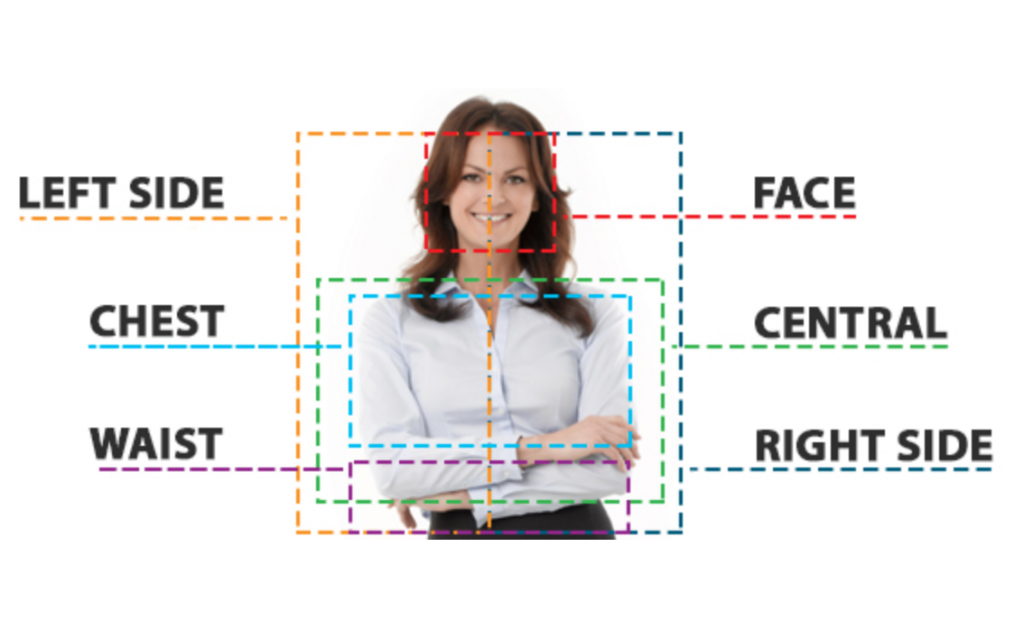This module looked at WH questions and Yes/No questions. WH questions, who, what, when, where, why, and how, are signed with your eyebrows lowered (like when you’re frowning) and head tilted slightly to your dominant side. Yes/No questions, as their name suggests, are questions that expect a yes or no answer and are signed with your eyebrows raised and head shifted forward slightly.
When writing questions, we add question marks to let readers know that we are asking a question. When speaking, we use inflection in our voices to indicate a question to our audience. Facial expressions act as punctuation and inflection and are necessary for understanding what the other person is saying.
There are four elements to every sign: handshape, palm orientation, location, and movement. Handshape is simply the shape of your hand(s). Palm orientation means the direction of your palms: facing towards you or away from you. Location refers to the signing space I mentioned a few posts earlier is divided into six smaller subunits: the left side, the ride side, the central (or neutral) space, the face, the chest, and the waist area. Each sign has some sort of movement. The dominant hand could be the only moving, both hands could be doing a similar motion, or the dominant hand could be moving while the non-dominant hand is doing limited movement.
For example, the sign for “name” has the following four aspects:
Handshape: hands form the letter U
Palm orientation: the palms of both hands face inward
Location: hands are in the central space
Movement: hands tap each other

